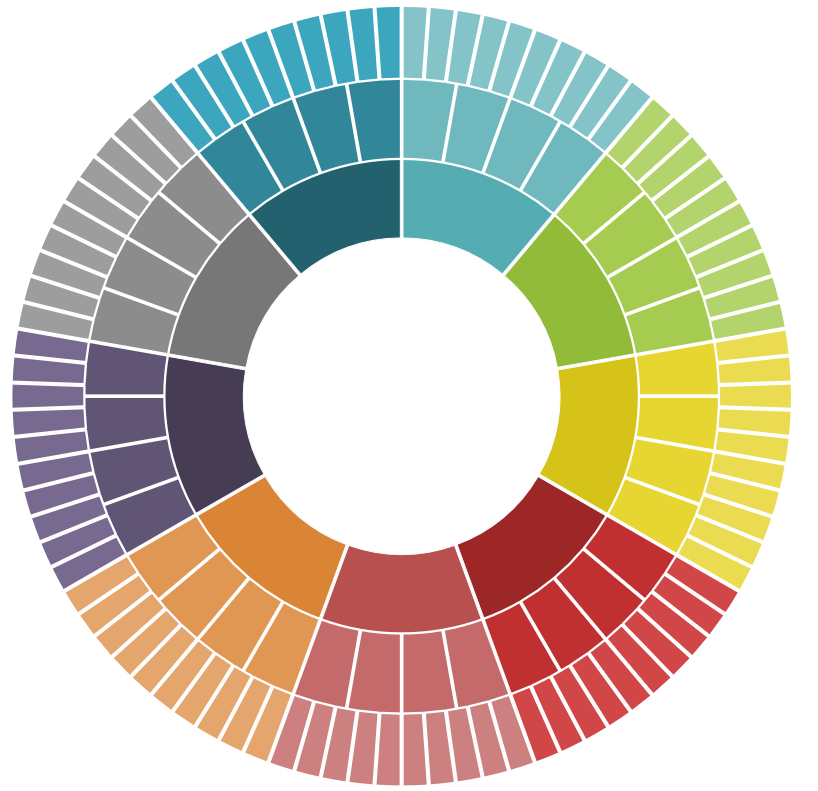Volltextsuche nutzen
- versandkostenfrei ab € 30,–
- 6x in Wien und Salzburg
- 6 Mio. Bücher
- facultas
- Detailansicht


Hagakure


Hörbuch (MP3)
5,99€
inkl. gesetzl. MwSt.
MP3 sofort downloaden
Downloads sind nur in Österreich möglich!
Downloads sind nur in Österreich möglich!
In den Warenkorb
Click & Collect
Artikel online bestellen und in der Filiale abholen.
Derzeit in keiner facultas Filiale lagernd. Jetzt online bestellen!Artikel online bestellen und in der Filiale abholen.
Artikel in den Warenkorb legen, zur Kassa gehen und Wunschfiliale auswählen. Lieferung abholen und bequem vor Ort bezahlen.
Auf die Merkliste
Veröffentlicht 2020, von Yamamoto Tsunetomo, Alexander F. Sklyar bei Soyuz Audio
ISBN: 4064066531812
The book records Tsunetomo's views on bushido, the warrior code of the samurai. Hagakure is sometimes said to assert that bushido is really the "Way of Dying" or living as though one was already dead, and that a samurai must be willing to die at any moment in order to be true to his lord. His saying "the way of the warrior is death" was a summation of the willingness to sacrifice that bushido ...
Beschreibung
The book records Tsunetomo's views on bushido, the warrior code of the samurai. Hagakure is sometimes said to assert that bushido is really the "Way of Dying" or living as though one was already dead, and that a samurai must be willing to die at any moment in order to be true to his lord. His saying "the way of the warrior is death" was a summation of the willingness to sacrifice that bushido codified. Historical context
After the Tokugawa shogunate suppressed the Shimabara Rebellion in 1638, Japan experienced no warfare for about two centuries. Private feuding and dueling between samurai was also suppressed. Yamamoto Tsunetomo was born in 1659, after the end of officially sanctioned samurai fighting. He had no personal combat experience and when he was employed, he worked as a scribe. By the late 1600s and early 1700s, samurai faced the dilemma of maintaining a warrior class in the absence of war, and Hagakure reflects this uncertainty. Written late in the author's life, the book also reflects his nostalgia for a world that had disappeared before his birth.Hagakure was largely forgotten for two centuries. The first modern edition appeared in 1900 and it did not receive much attention during the first decades of the century. Hagakure came to be viewed as a definitive book of the samurai only during the Pacific War. According to Mark Ravina, "Rather than an account of samurai tradition, this work serves as an example of what the Japanese army thought Japanese soldiers should believe about samurai practice."[3][4] In the post-war era, the nationalist author and poet, Yukio Mishima, used Hagakure to define his guiding principles, and published his own commentary on the work in 1967.
Edition
The book records Tsunetomo's views on bushido, the warrior code of the samurai. Hagakure is sometimes said to assert that bushido is really the "Way of Dying" or living as though one was already dead, and that a samurai must be willing to die at any moment in order to be true to his lord. His saying "the way of the warrior is death" was a summation of the willingness to sacrifice that bushido codified. Historical context
After the Tokugawa shogunate suppressed the Shimabara Rebellion in 1638, Japan experienced no warfare for about two centuries. Private feuding and dueling between samurai was also suppressed. Yamamoto Tsunetomo was born in 1659, after the end of officially sanctioned samurai fighting. He had no personal combat experience and when he was employed, he worked as a scribe. By the late 1600s and early 1700s, samurai faced the dilemma of maintaining a warrior class in the absence of war, and Hagakure reflects this uncertainty. Written late in the author's life, the book also reflects his nostalgia for a world that had disappeared before his birth.Hagakure was largely forgotten for two centuries. The first modern edition appeared in 1900 and it did not receive much attention during the first decades of the century. Hagakure came to be viewed as a definitive book of the samurai only during the Pacific War. According to Mark Ravina, "Rather than an account of samurai tradition, this work serves as an example of what the Japanese army thought Japanese soldiers should believe about samurai practice."[3][4] In the post-war era, the nationalist author and poet, Yukio Mishima, used Hagakure to define his guiding principles, and published his own commentary on the work in 1967.
Edition
